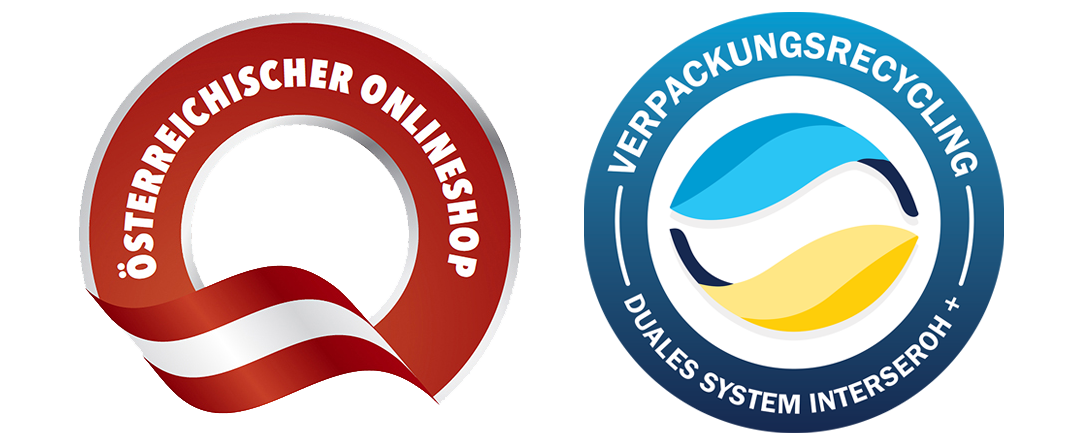Online shopping or buying in a shop: Which has the better climate footprint?
The result of the study: Above all, it is what we buy that determines our carbon footprint - and not so much where we buy it.
So with pretty good timing, the German Federal Environment Agency (UBA) has now determined how the climate footprint of online shopping compares to shopping in shops.
The result of the comparison between online shopping and in-store shopping is that it is primarily what we buy that determines our carbon footprint - and not so much where we buy it. Up to three quarters of the greenhouse gas emissions in the life cycle of a product occur during its manufacture. Trade and transport, on the other hand, only account for between one and ten percent of total emissions.
The biggest adjusting screw for ecological purchasing is durable products
This is shown by the UBA study "The Greening of Online Trade", which looks at the greenhouse gas emissions of online trade.
UBA President Dirk Messner: "Whether we shop online or in shops is not so decisive for our climate footprint. The biggest adjusting screw for ecological shopping is durable products that are manufactured in an environmentally friendly way. At best, I also get these in the shop around the corner, which I can easily reach by bike or on foot."
The UBA study compares the climate impact of stationary and online trade.
For example, a five-kilometre shopping trip by car produces 600 to 1100 grams of CO2. The same journey by bicycle produces no CO2 emissions at all. A delivery from an online shop produces an average of between 200 and 400 grams of CO2. The UBA explains that the lower CO2 emissions of delivery services are due, among other things, to the better utilisation of vehicles, the efficient design of delivery routes and the increasing use of electric vehicles.
This is what brick-and-mortar and online retail could do better
Shops can improve their carbon footprint mainly by reducing their energy consumption; customers by using environmentally friendly(r) means of transport for shopping.
Online retail, on the other hand, would have to become more environmentally friendly, Less packaging waste for example by using less unnecessary outer packaging and reusable packaging. According to the study, up to 370,000 tonnes of packaging waste (45 per cent) could be saved annually.
This is also the reason why the Schauraum für angewandte Kunst reuses packaging material.
Designer and entrepreneur Karin Merkl: "I am happy about every reused cardboard box, shipping envelope, .... For example, we have been collecting and returning the transport packaging of the knitting factory since the beginning. Since 1997, cardboard boxes have often gone back and forth until they are really worn out. Likewise, we pack smaller deliveries to our customers only in recycled paper, larger ones in reused cardboard boxes.
The UBA also mentions the delivery section to the door ("last mile") as an "environmental impact factor". Here, the environmental balance would be improved if more electric vehicles or bicycles were used instead of delivery vans with combustion engines. Instead of delivering directly to the door Packstations could also ensure fewer emissions.
In another study, the UBA also criticises the fact that Product information on eco-labelling, manufacturer's warranty, care instructions, product lifespan, repairability and update availability in online shops are not sufficient to enable informed purchasing decisions.
The Schauraum für angewandte Kunst provides detailed care instructions for each product and also offers a repair service for the models from austriandesign.at, as this extends the life of the products enormously.
Conclusion: What can consumers do?
Above all, we can improve our environmental performance by Environmentally compatible products that are as durable as possible buy. The fact that the product itself has the greatest climate impact, according to the UBA, should come as a relief to many online shoppers. But:
Firstly the means of transport one uses to go shopping plays a major role. If you can shop on foot or by bike, you save emissions in any case.
Secondly we should always avoid unnecessary returns when buying online and, if possible, prefer low-packaging shipping - or ask for it.
ThirdlyWhere we shop also has a social dimension. Nobody wants dead city centres (according to Corona).
FourthlyIt doesn't always have to be a new purchase. Often, good second-hand equipment or a loan or rental is a good alternative - especially for products that are rarely used anyway. Repair can also often avoid buying a new one," says UBA President Messner.
We at Schauraum für angewandte Kunst recommend combining them with small fashion accessories and adding new colour accents to make older models shine in a new light.
FifthlyOnline and offline, responsible consumers should pay attention to who they are supporting with their money - and if in doubt, prefer ecologically and/or socially oriented, regional shops to international corporations with unclear supply chains.
_________


